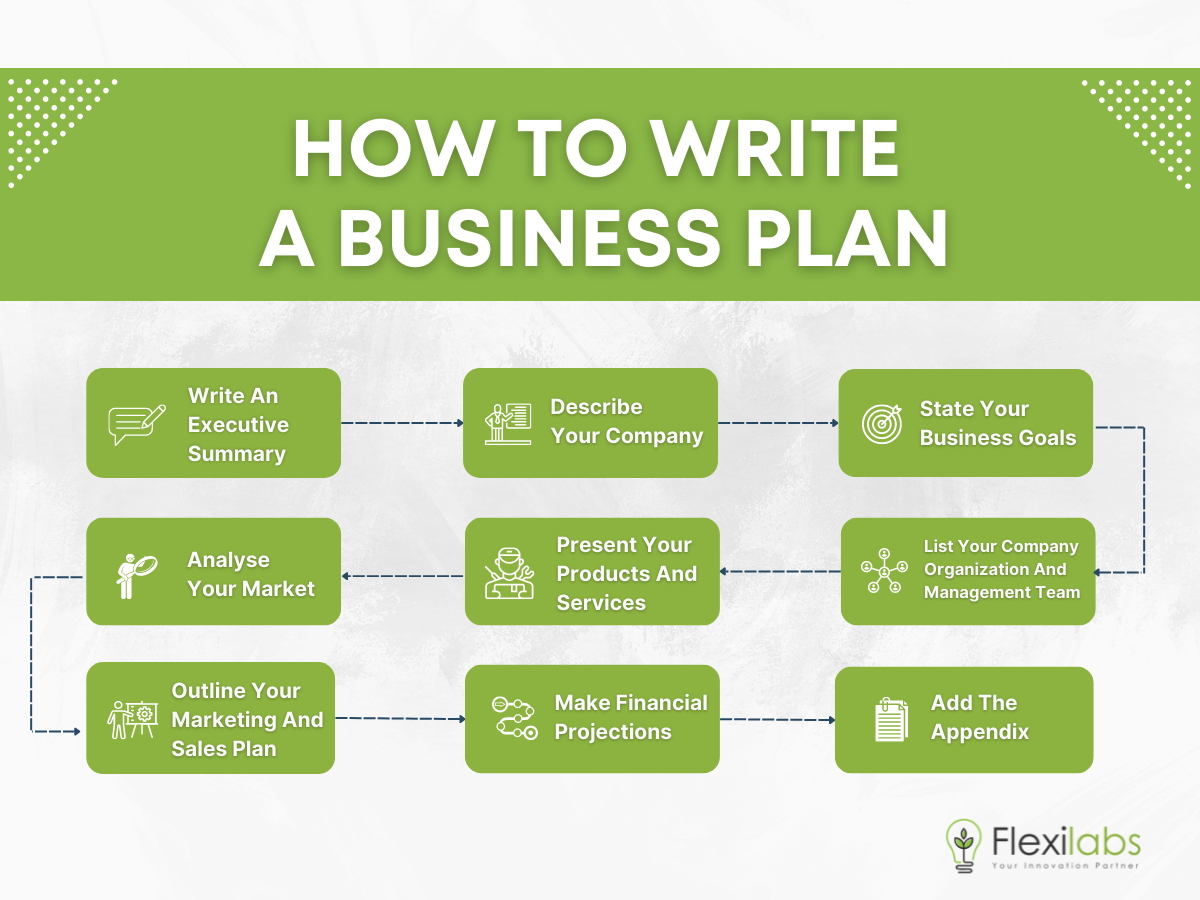So you have an idea or a hobby that you want to turn into a startup business? First of all, that is great—kudos to you! But do you know how to write a business plan?
If not, that is totally okay! We made this article to help you get started on business plan writing. Here we are sharing a couple of things to help you understand what is a business plan and the elements you need to add:
What Is A Business Plan
It is a document that details the objectives of your business and goals you want to achieve for both the long term and the short term. Basically, it is the road map you make before you get started and will continue to guide you even when you are in the middle of your journey.
There is no one way to get started on business plan writing. In fact, there is a variety of formats that you can use, such as the following:
Traditional Business Plan
As the name suggests, a traditional business plan is the conventional format that is considered the tried-and-tested way of business plan writing. It is what you will normally see when you look up sample business plans.
Consider the traditional business plans as the more formal format. It is the one you will use when you want to be more detailed about the complexities of your business and when you pitch to potential investors and lenders.
One-Page Business Plan
If you are still at the stage of exploring a business idea, then you can keep to a one-page business plan. It is a simplified version of the traditional format. This is normally used for business model validation or for internal planning.
Business Model Canvas
Another one-page option is the business model canvas. It uncomplicates the whole planning process by skipping the traditional away and getting to the meat of things right away. Internal and external parties can use this as an outline to understand your business without the long, drawn-out explanation.
Lean Startup Plan
The lean startup plan is more of a methodology than just a format. Here you only need a few elements:
- Value proposition
- Infrastructure
- Customers
- Finances
It takes one-page planning a step further by keeping things concise and straight to the point.
Why Do You Need A Business Plan
A business plan is not just used to appeal to potential investors and lenders—it is your road map. That means you get to lay out how you are going to get from Point A to Point B and assess if the pathway is feasible.
There are a couple of reasons that underline its importance. In fact, even science says that you do need a business plan. Here are a couple of facts to prove it:
- Entrepreneurs are 260% more likely to turn their idea into a business when they take the time to plan first.
- Companies that have good business plans grow 30% faster.
- Companies with business plans are more likely to get funding compared to those that do not have a plan.
How To Write A Business Plan
So, you are about to flesh out your idea. But, what to include in a business plan?
You can pick and choose what to add since there are many formats you can choose from. Here are just a couple of items to include in business plan you normally find in a traditional business plan:
- Executive summary
- Products & services
- Market analysis
- Marketing & Sales
- Company organisation
- Financial projections

Here is how you write them:
Write An Executive Summary
Think of this as an elevator pitch. Here, you need:
- A hook to grab people’s attention
- Mission statement
- Summary of your company, products and service, and financial plan
Since this is your first business plan, you can actually do this last once you have everything figured out.
Describe Your Company
This is all about the story and identity of your company. Make sure you add the following:
- Registered business name
- Business address
- Business structure, like a sole proprietor, partnership, or corporation
Since this is all about your company, you should tell the story of how you started out and how it is now. You can use this as a jump-off point to share the next thing:
State Your Business Goals
This part of your business plan is about your vision and mission. You should also include your short-term and long-term goals.
For example, your goal for 2023 is to get 75% more than the sales you made this year.
List Your Company Organization And Management Team
Here, you should provide an overview of your company’s organisational structure. You can also add key members of your team and the talents you need to hire to further grow your business.
Present Your Products And Services
From this part onwards you are going to get into the nitty-gritty details of your business plan.
As the name implies, this section is about your products and services as well as your pricing and subscription plans. Be sure to be detailed:
- How does your product and/or service work
- Pricing model
- Supply chain
- Order fulfilment strategy
- Sales strategy
- Distribution strategy
If you have any patents or trademarks, you can also discuss them here.
Analyse Your Market
This part is an analysis of your market. Here, you need to explain the following:
- Market
- Target customer
- Competitors
For the market section, be sure to be detailed. This helps you get a better sense later on and paint a clear picture for future investors.
When you get to the part of your competitors, you should include what sets you apart and what you can do better.
Outline Your Marketing And Sales Plan
So you already included your target customers in the previous section. For this part of your business plan, you need to outline how you are going to hook, reel, and convince them to pay. You should also include how you are going to convert possible leads and maintain customer loyalty.
Make Financial Projections
This section is essential, especially if you are going to ask for funding from investors and lenders later on. Make sure to detail the following:
- How you are going to generate profit
- Monthly and quarterly sales
- All types of costs
- Loans, if any
After you have explained these, you can make financial projects for your company’s future growth.
Add The Appendix
Do it only when it is necessary. You are not required to add this section. However, it does come in handy since you can place the definitions, charts, tables, notes, and additional information here.
You Are Now Ready!
Now that we understand what is a business plan and what to include in a business plan. Here are a few tips you can use as a guide to business plan writing:
- Avoid being over-optimistic or setting unreasonable projections
- Determine the purpose to save yourself some time and effort
- Keep it simple and concise
- Ask your mentor or someone with more experience to review it
- Use the free resources available on the internet
- Always proofread
Lastly, keep it real.
Your business plan is not just used when you present to a potential investor or apply for loans. It is your road map. This will continue to guide you even when you already have a thriving business.
Want to learn how to turn your idea into a business? Visit our website to know more.

